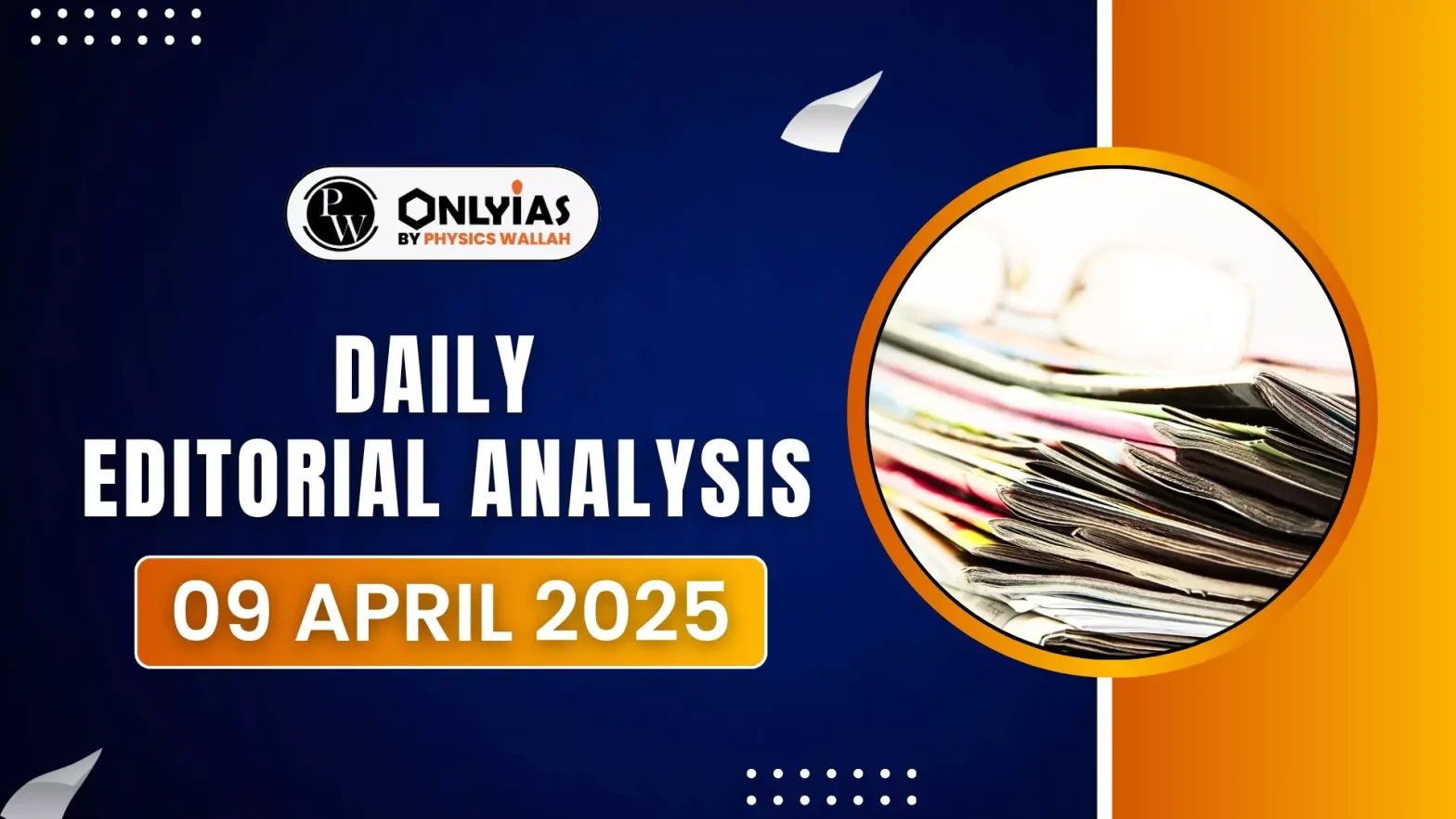Governance through Reforms
- Crisis Management: Governments are often judged based on how well they respond to crises such as disasters, conflicts, and law and order challenges.
- While immediate crisis management is necessary, it often addresses short-term issues without ensuring long-term solutions.
- Vision of Reform: ‘Reform, Perform, and Transform’ is Prime Minister Narendra Modi’s vision, emphasizing the importance of structural reforms over temporary fixes.
- This vision has found significant expression in the Ministry of Home Affairs (MHA), which has transitioned from a reactive body to one focused on proactive institutional reforms.
Evolution of the Ministry of Home Affairs (MHA)
- Traditional Role of MHA: Historically, the MHA was seen as a ‘Crisis Ministry’, stepping in during riots, insurgencies, and governance failures across States.
- Its interventions were reactive, addressing unrest instead of preventing it through institutional reforms.
- Focus Shift: Over recent years, the MHA has evolved, prioritizing structured security architecture and institutional resilience.
- The focus has expanded to include strengthening counter-terror laws, modernising security agencies, adopting technology, and improving intelligence coordination.
- Constitutional Empowerment: The Indian Constitution empowers the MHA with Articles 355, 256, and 356, ensuring Centre-State coordination on matters of national security. This integration of security and governance makes the MHA a vital pillar of national stability.
MHA’s Response to Security Challenges
- Direct Intervention: The MHA’s growth has been shaped by security challenges, particularly in response to terrorism, insurgency, and border issues.
- Punjab’s militancy, Kashmir’s terrorism, and Maoist violence required direct intervention, as State police struggled to contain these threats.
- Reliance on Central Armed Police Forces: CAPFs like the Assam Rifles, BSF, CISF, and CRPF have been crucial in addressing security challenges, especially in regions like Kashmir and Central India.
- The Rapid Action Force (RAF) of the CRPF has been pivotal in riot control during periods of unrest.
- Creation of CISF: Industrial unrest in the 1970s-80s contributed to the creation of the CISF, which was tasked with managing strikes and industrial security in regions like West Bengal and Kerala.
Challenges Associated with Ministry of Home Affairs
- Focus: For nearly four decades, Kashmir, the North-East, and Central India (Naxal areas) were the major security hotspots for the MHA. These regions required immense focus, costing thousands of lives, both security personnel and civilians.
- Opportunity cost: Nearly 36,000 personnel and an equal number of civilians have lost their lives due to prolonged conflict in these regions.
- Security forces were primarily deployed in these conflict zones, shifting focus from other critical areas like police modernisation, agency coordination, and narcotics control.
- Frequent Leadership Changes: Historically, frequent leadership changes have impacted the policy-making process of the MHA, leading to instability in internal security reforms.
- Indira Gandhi’s third term and Rajiv Gandhi’s tenure saw four Home Ministers, affecting long-term planning.
- Stability era: Under P.V. Narasimha Rao and Atal Bihari Vajpayee, there was leadership stability, with single Home Ministers during their entire tenure, facilitating consistent internal security reforms.
Strategic Reforms in India’s Security Framework
- Reactive Legislations: Terrorist and Disruptive Activities (Prevention) Act (TADA) was enacted post the Punjab insurgency. Prevention of Terrorism Act (POTA) followed the 2001 Parliament attack, while the National Investigation Agency (NIA) was formed after the 26/11 Mumbai attacks.
- These laws were reactive responses to specific events, not part of a broader, proactive security framework.
- Comprehensive Changes: Since 2019, over 27 significant legislative reforms have been enacted to strengthen terror jurisprudence, Kashmir integration, and the criminal justice system.
- These reforms focus on a structured approach to security, aiming to create a long-term security framework.
- Whole-of-Government Approach: The whole-of-government approach now drives multi-agency coordination, supported by legislative provisions, operational strengthening, and budgetary support.\
- Amendments to Key Laws: Terrorism has been defined in Indian criminal law through amendments to the National Investigation Agency (NIA) Act and the Unlawful Activities (Prevention) Act (UAPA).
- These amendments focus on financially choking terror groups while strengthening terror jurisprudence.
- Strengthening NIA :The NIA has been expanded and strengthened, with a focus on creating technology databases, revamping the Multi-Agency Centre (MAC), and promoting a ‘duty to share’ intelligence culture across agencies.
- Introduction of New Criminal Laws: Three new criminal laws were enacted:
- Bharatiya Nyaya Sanhita
- Bharatiya Nagarik Suraksha Sanhita
- Bharatiya Sakshya Adhiniyam
- Technological Interventions: The National Forensic Sciences University (NFSU) has been established. Crime and Criminal Tracking Network and Systems (CCTNS) integrates 17,130 police stations, courts, jails, and forensic laboratories.
- State-level initiatives now encourage the separation of investigation from forensics, further enhancing the justice system.
- Increase in (MHA) Budget: In 2019, the MHA budget crossed ₹1 lakh crore, and for 2025, it surged to ₹2.33 lakh crore. This sharp increase reflects the government’s priority in strengthening internal security and modernisation efforts.
- Investment in Central Paramilitary Forces: Expenditure on Central Paramilitary Forces has risen significantly, from ₹38,000 crore in 2013-14 to ₹97,000 crore in 2024-25.
Impact of Strategic Reforms
- Kashmir
- Violence Reduction: Significant reduction in violence, with incidents of stone pelting decreasing considerably.
- Article 370 Dilution: The dilution of Article 370 in 2019, which granted special status to Jammu and Kashmir, marked a key political move aiming for integration and stability in the region.
- North-East
- Peace Deals: Several peace agreements in the North-East have led to a weakening of insurgency, fostering regional political stability.
- Insurgency Decline: The overall insurgency in the North-East has substantially weakened, leading to improved governance and law enforcement in the region.
- Naxal-Affected Areas: Dual Strategy of Security and Development: A dual strategy focusing on both security and development has been deployed in Naxal-affected regions.
Conclusion
The MHA has evolved from a crisis-response body to a structured, proactive institution. By shifting from reactionary interventions to strategic reforms, it has strengthened India’s internal security architecture and built a future-ready governance framework.
![]() 9 Apr 2025
9 Apr 2025

